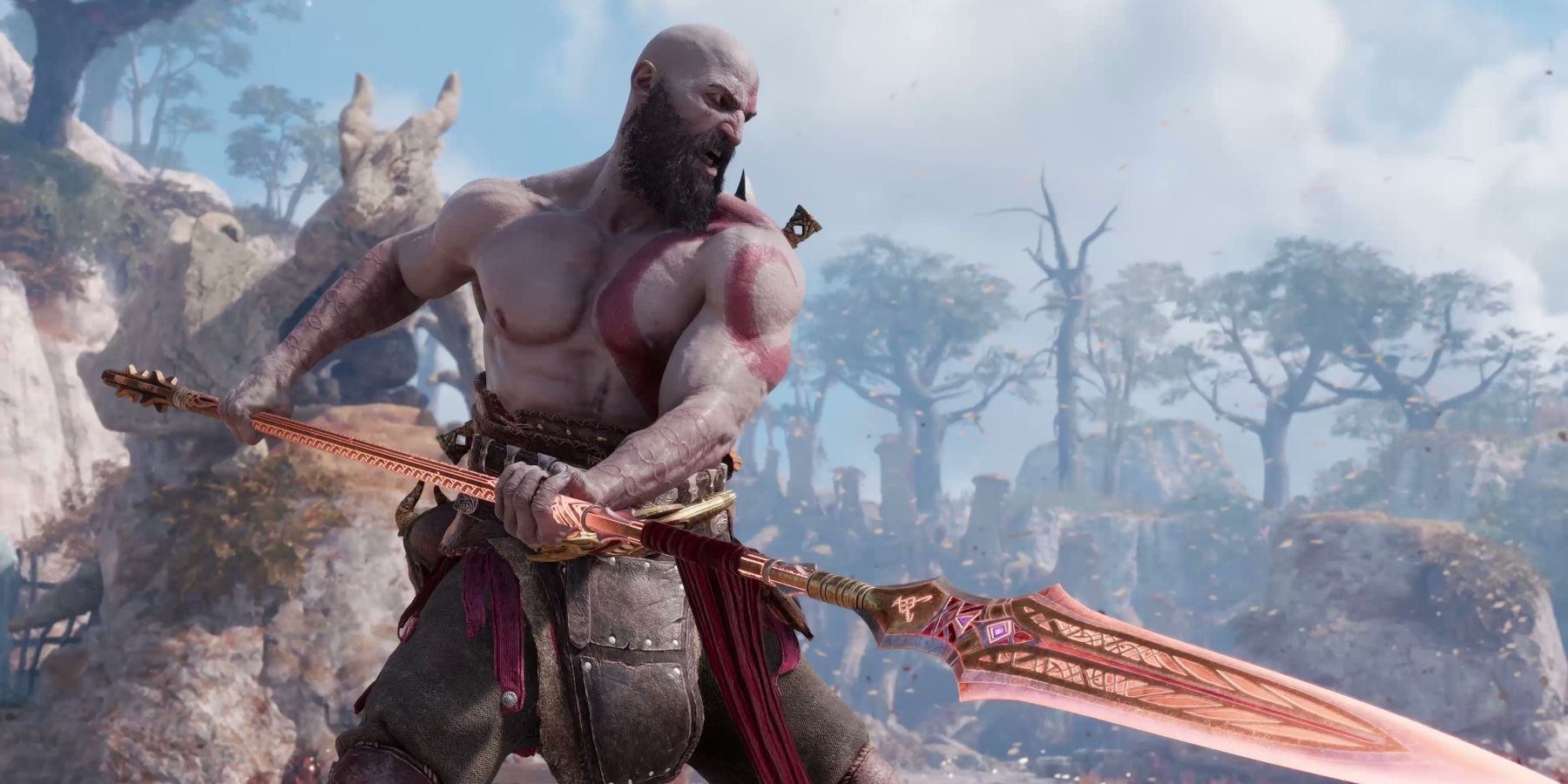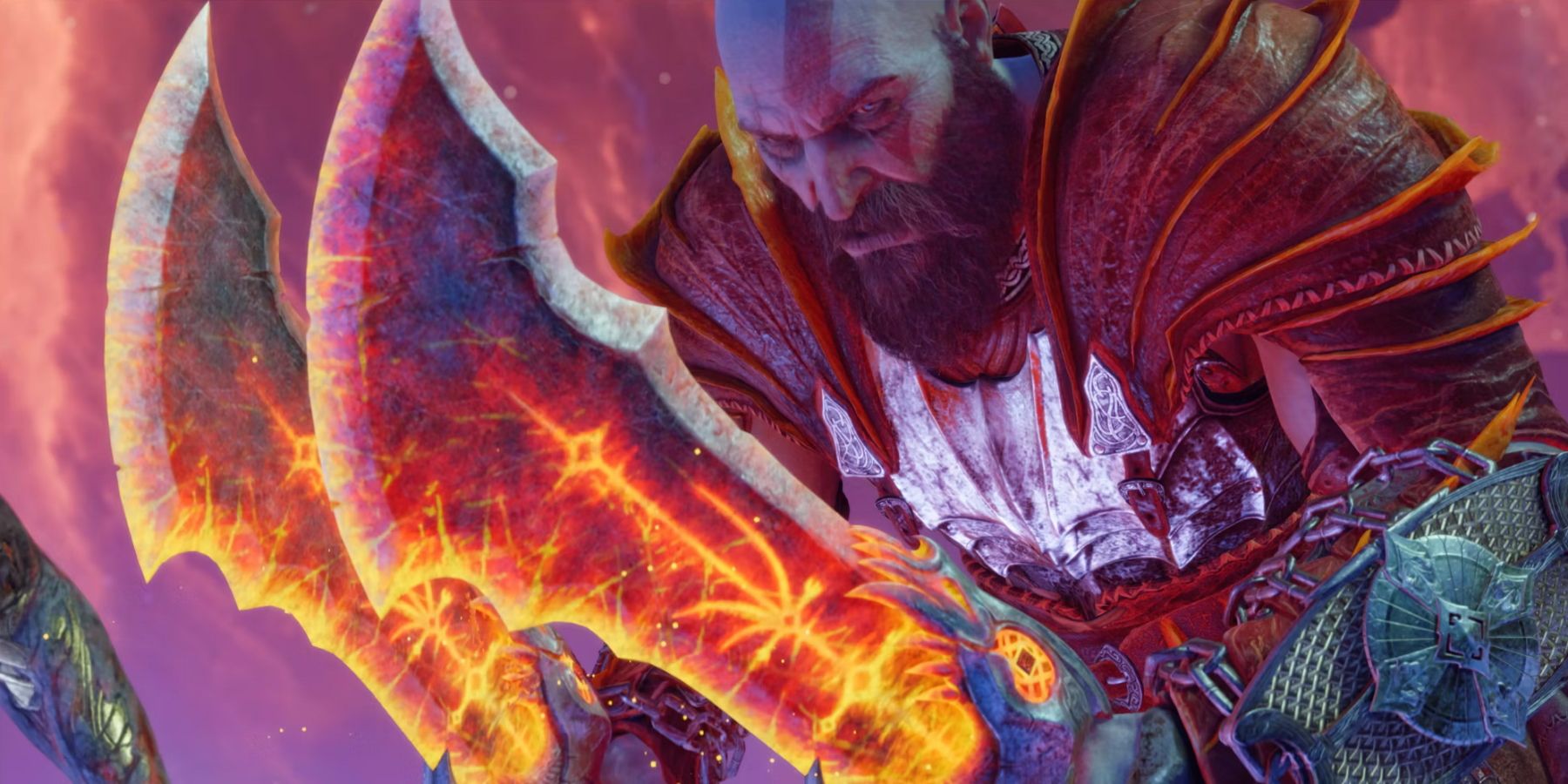With God of War 2018, Santa Monica ushered in a brand-new era for the franchise, in terms of themes, story, character development, and, arguably most importantly, gameplay. While the original series' hack-and-slash, power fantasy, set piece-heavy gameplay loop holds a special place in the hearts of many fans, it was time for God of War to try something new, and adopting a third-person, over-the-shoulder camera angle with almost Soulslike combat was certainly a great way to do that. And while God of War 2018 laid a new foundation for the series, God of War Ragnarok only continued to build upon it.
God of War Ragnarok introduced a number of new mechanics and systems to the long-running series, taking its predecessor's groundwork in new and exciting routes. One of the most notable additions and tweaks that God of War Ragnarok made was its inclusion of a third weapon for Kratos, which came alongside a fresh approach for the series' open-world and puzzle design, an approach that should definitely be carried over to the next God of War.
The Next God of War Should Keep Ragnarok's Approach to Weapons
The God of War franchise has always had some truly impressive and satisfying weapons. Of course, the main staple of the series, the Blades of Chaos, are still some of the most iconic weapons in gaming, retaining their satisfying swings and throws in the last two entries. Though it only appears very briefly, God of War 2's Blade of Olympus offers the perfect power trip. And then there's God of War 2018's new main event, the Leviathan Axe, whose frost powers played the perfect foil for the Blades' fire attacks.
God of War Ragnarok only continues to up the ante, introducing a third weapon for the reboot series - and potentially one of the greatest God of War weapons of all time - with the Draupnir Spear. Using wind-based powers, the Draupnir Spear offered players yet another completely different moveset and ability tree to invest their hours into, and with a satisfying core mechanic in its ability to dislodge and stick itself into an opponent before exploding, it made an immediate impact on God of War Ragnarok's gameplay formula.
But God of War Ragnarok's Draupnir Spear did far more than just add another option for combat. One of the best additions God of War Ragnarok made to the new series gameplay formula was adding in puzzles based on the three core weapons. Littered across God of War Ragnarok's open-world are a variety of environmental challenges, most of which require the player to use the Leviathan Axe, Blades of Chaos, and the Draupnir Spear in unique and engaging ways in order to solve a puzzle, building off the few that were present in its predecessor. For the most part, these puzzles can be very rewarding, giving the player some worthwhile gear or upgrade material for their efforts.
God of War Ragnarok also interwove its weapons with its level design. During the course of the game, players will come across a number of paths seemingly blocked by some kind of environmental hazard. Once the player has all three weapons, they should be able to access these hidden areas, with each one being able to destroy a specific obstacle, such as vines that can be burnt away with the Blades of Chaos, and walls that can be blown apart with the Draupnir Spear. Again, players would be rewarded for seeking out these hidden paths. By interweaving its weapons with not just the game's combat systems but also its level design and puzzles, God of War Ragnarok creates a strong bond between the player and their tools, which is incredibly important in an action-oriented game, especially one that just has three weapons for its entirety. If the next God of War follows a similar path, then it should also make sure it adopts God of War Ragnarok's approach to weapons.
God of War Ragnarok is available now for PS4 and PS5.


